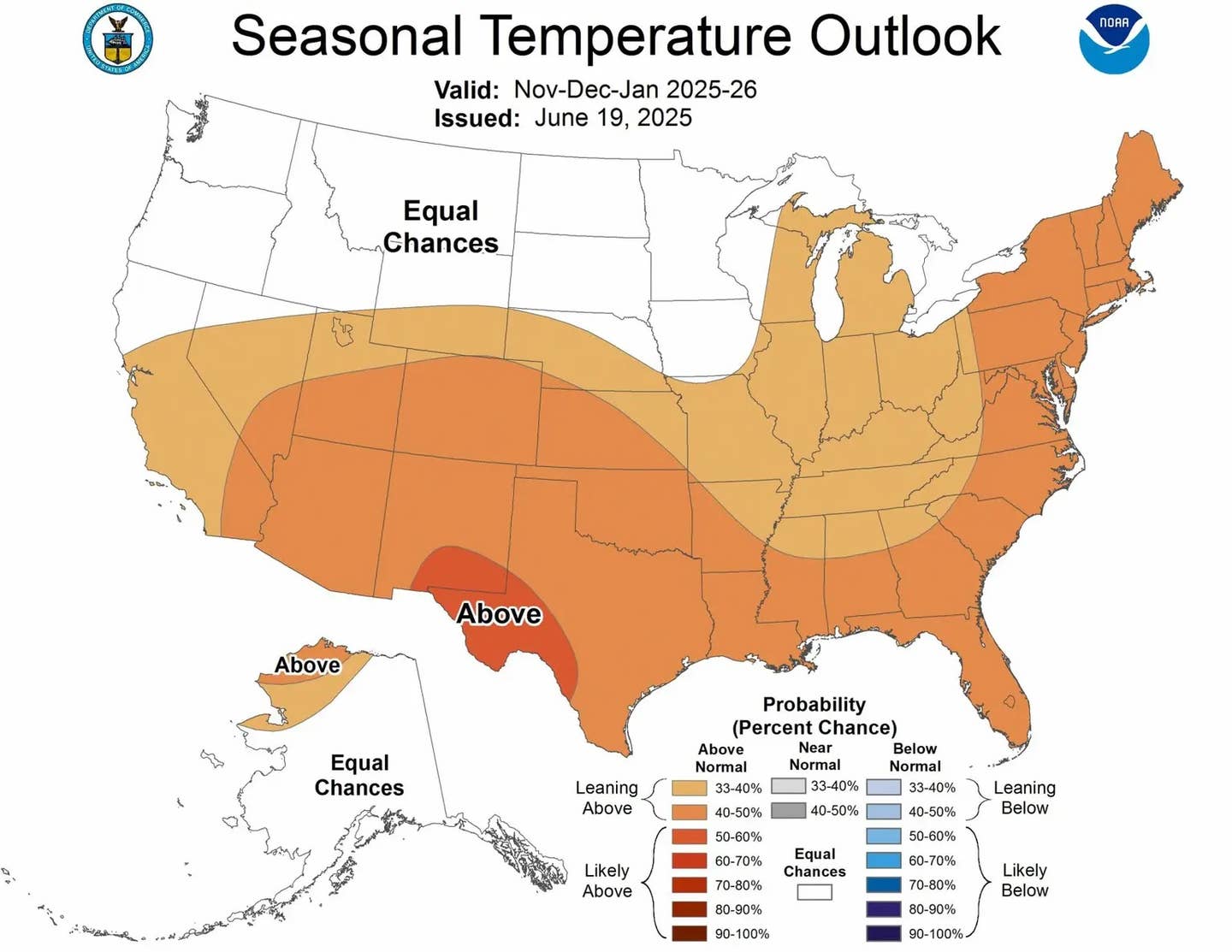Guides Avert Disaster on Everest After Oxygen Masks Fail
Popular Stories
A bizarre story is developing on the world’s highest peak this morning, after several Instagram posts reported that a team of climbers led by Adrian Ballinger experienced systematic failure of their oxygen systems on summit day.
After spending a relatively comfortable night at 28,000 feet, Ballinger’s team set out for their final summit push early Tuesday morning. About halfway up the final ridge, nearly half the team’s oxygen regulators failed, all within an hour of each other. Rather than risk their lives, Ballinger and his fellow Alpenglow Expedition guides decided to make the call to turn around immediately and organized a system to “buddy-breathe” through the equipment that still worked, with Sherpas giving up their own oxygen supplies to aid fellow climbers on the descent.
Cory Richards, who climbed Everest twice with Ballinger under the same conditions explained just how commonplace these type of failures can be.
“This kind of thing happens a lot more frequently than people may think," Richards told TGR. "The masks they are using are highly efficient at providing large amounts of oxygen to the body, but unfortunately have a relatively high failure rate.”
Richards summited Everest without oxygen in 2016, and said that their team experienced a similar equipment failure the following year. Climber Jim Morrison, who was climbing with Ballinger, recounted the moment when his regulator failed on his Instagram:
Sign Up For Our Newsletter
Ballinger’s team is on Everest to test the limits of the human body in a speed ascent of the mountain. In other words, the team is attempting to climb the mountain in under a week, after acclimatizing on nearby Cho Oyu. They are supported by a team of Sherpas and are using oxygen and fixed ropes.
Richards credits Ballinger’s experience and smart decision making in the successful descent. Nobody was hurt in the descent, but the margin for error was extremely small.
“The whole point of this expedition was to eliminate the acclimatization process, the crew left home 2.5 weeks ago, says Richards. "So, without giving their body ample time to adjust to 8,000 meters, the second anything goes wrong up there, it spirals out of control much faster than normal."



